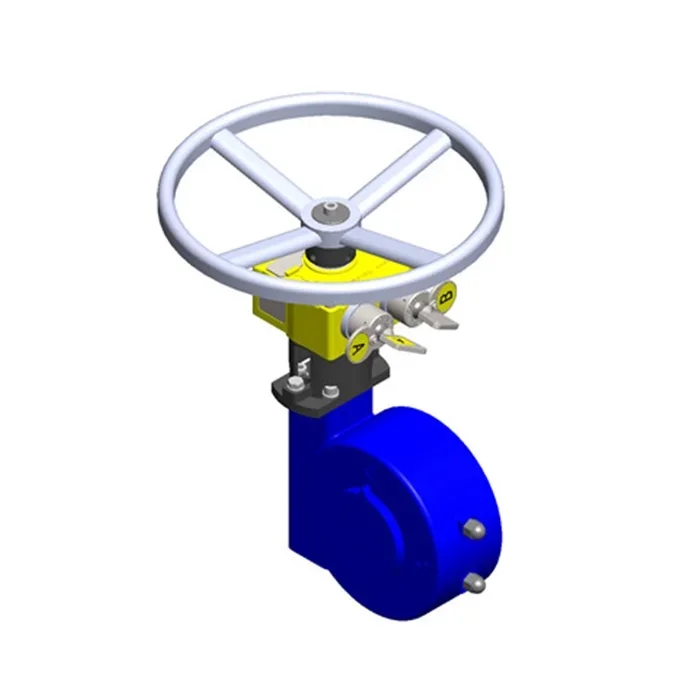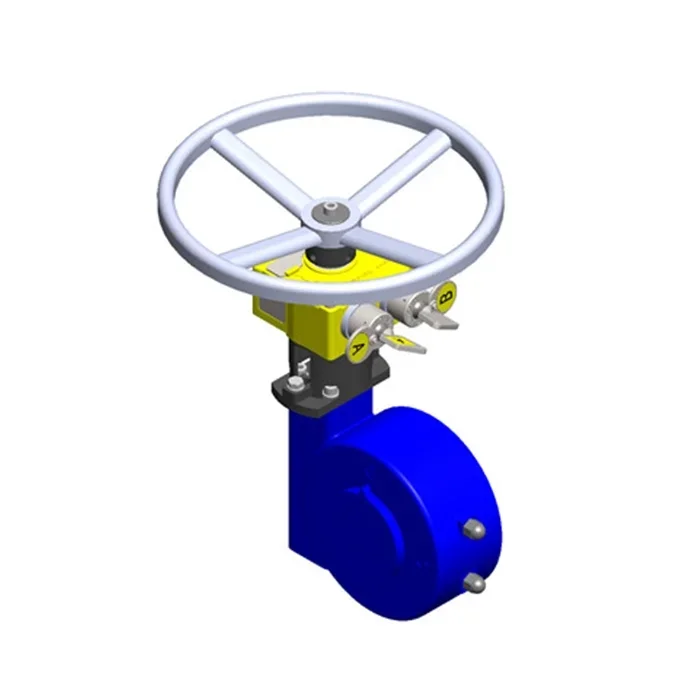Valve Interlock: a safe guardian in high temperature and high pressure environments

In the industrial field, safety issues in high-temperature and high-pressure environments have always attracted much attention. Especially in processes involving fluid control, such as chemical, petroleum, and natural gas industries, the safety of valves is particularly important. In order to ensure the safety of operators and equipment, valve interlock technology came into being. This article will discuss the applicability of valve interlock in high-temperature and high-pressure environments, and analyze its important role in ensuring industrial safety.

Process operations in high-temperature and high-pressure environments present significant risks. Drastic changes in temperature and pressure may lead to equipment failure, leakage, explosion, and other serious consequences. Therefore, it is crucial to ensure the correct operation and control of the valve. Valve interlock technology achieves strict control over valve operation by interlocking the valve with other equipment, thereby minimizing potential risks.
First of all, the applicability of valve interlock technology in high-temperature and high-pressure environments has been widely verified. It uses high-temperature and high-pressure-resistant materials and is designed to maintain stable performance under extreme conditions. Whether in high-temperature, high-pressure processes such as refineries, chemical plants, or power stations, valve interlocks can work reliably to ensure the safe operation of valves.
Secondly, valve interlock technology provides unique safety guarantees in high-temperature and high-pressure environments. Through the interlocking device, the valve interlock ensures the correct operation of the valve under specific conditions. For example, in high-temperature environments, valve interlock can monitor the temperature around the valve through a temperature sensor and close the valve when the temperature exceeds a safe range to prevent the equipment from overheating. In high-pressure environments, the valve interlock can monitor pipeline pressure through pressure sensors and close the valve when the pressure exceeds the set value to prevent equipment explosion.
In addition, valve interlock technology also has remote monitoring and control capabilities, allowing operators to remotely monitor and control the status of the valve from a safe location. This is undoubtedly an important advantage for operators working in high-temperature and high-pressure environments. They can obtain the status information of the valve in real-time through the monitoring system and close or open the valve when needed, thus minimizing the risk to the operator.
To sum up, valve interlock has demonstrated its unique applicability and safety capabilities in high-temperature and high-pressure environments. Not only does it maintain stable performance under extreme conditions, it also provides tight control over valve operation through interlocking devices. At the same time, valve interlock also has the ability to remotely monitor and control, providing operators with higher safety. Therefore, for those industries that require process operations in high-temperature and high-pressure environments, using valve interlock technology is a wise choice, which will bring higher safety and reliability to process operations.
https://www.nudango.com/Valve-Interlock-a-safe-guardian-in-high-temperature-and-high-pressure-environme.html
- Art
- Causes
- Crafts
- Dance
- Drinks
- Film
- Fitness
- Food
- Spellen
- Gardening
- Health
- Home
- Literature
- Music
- Networking
- Other
- Party
- Religion
- Shopping
- Sports
- Theater
- Wellness


